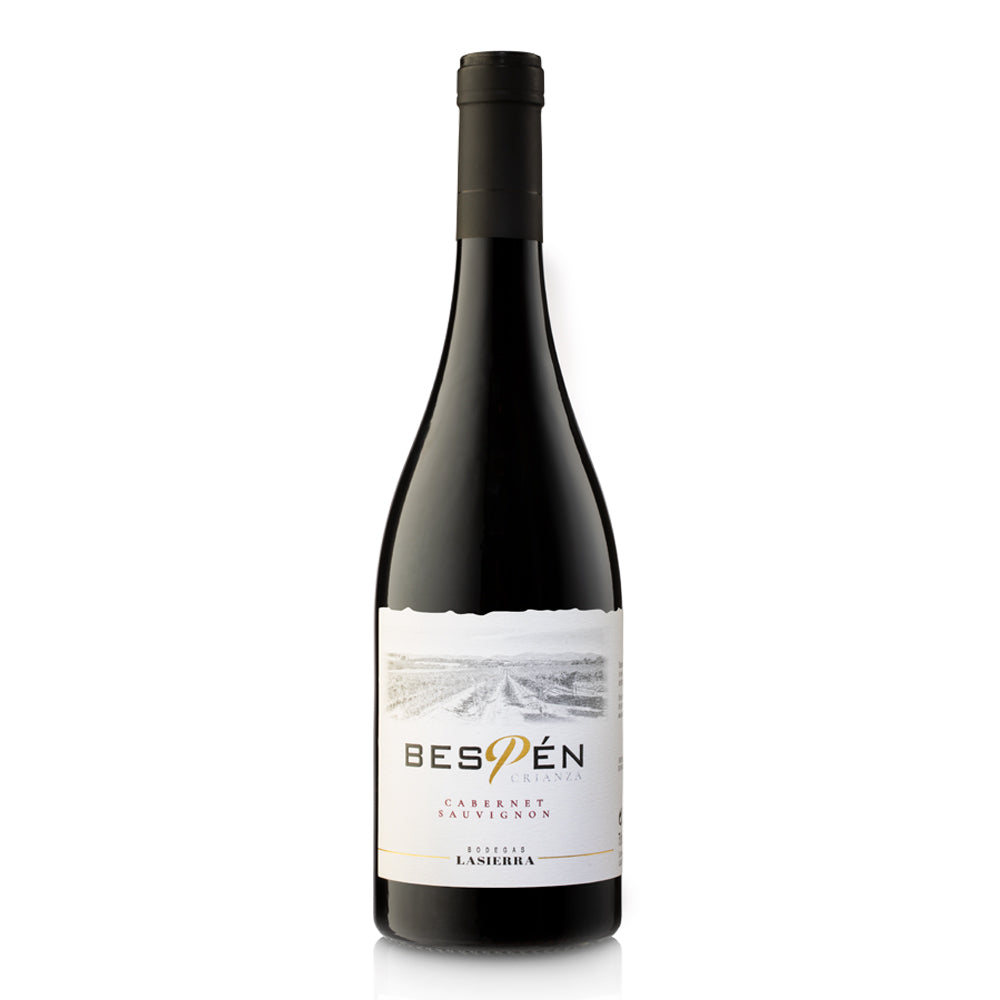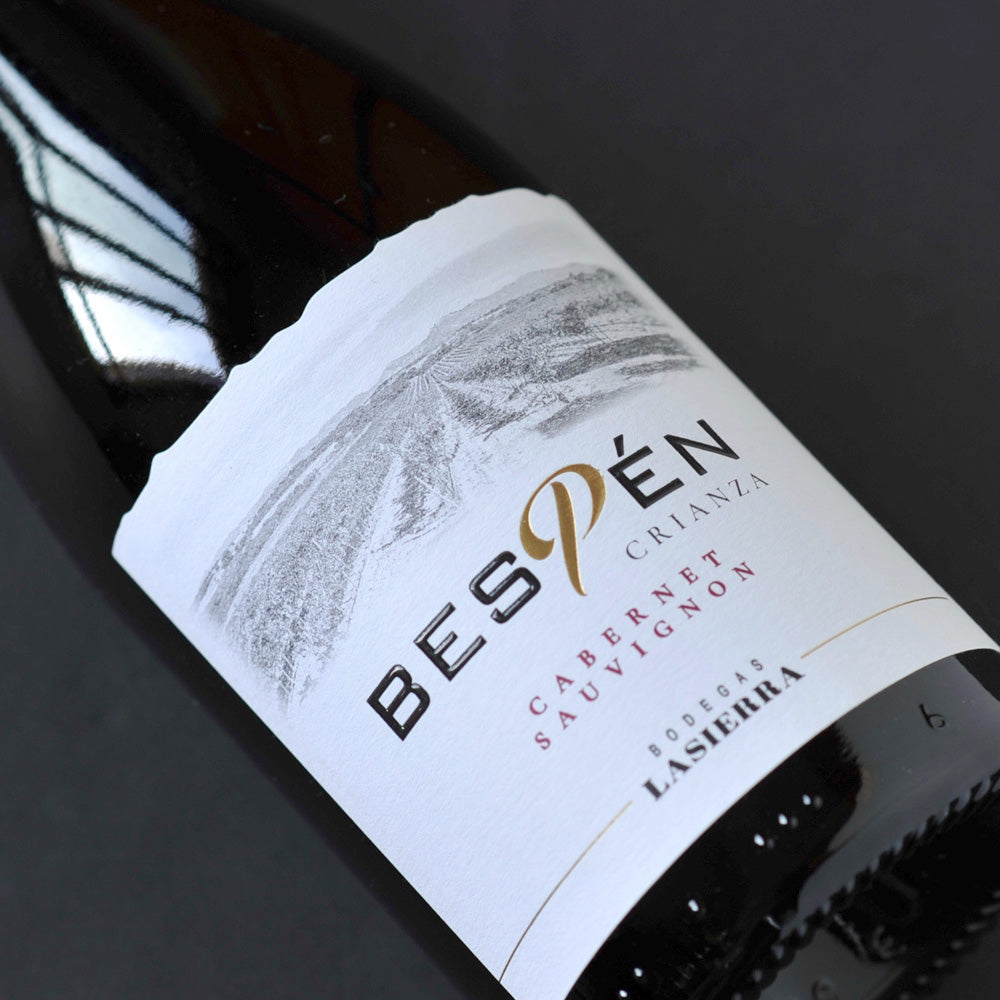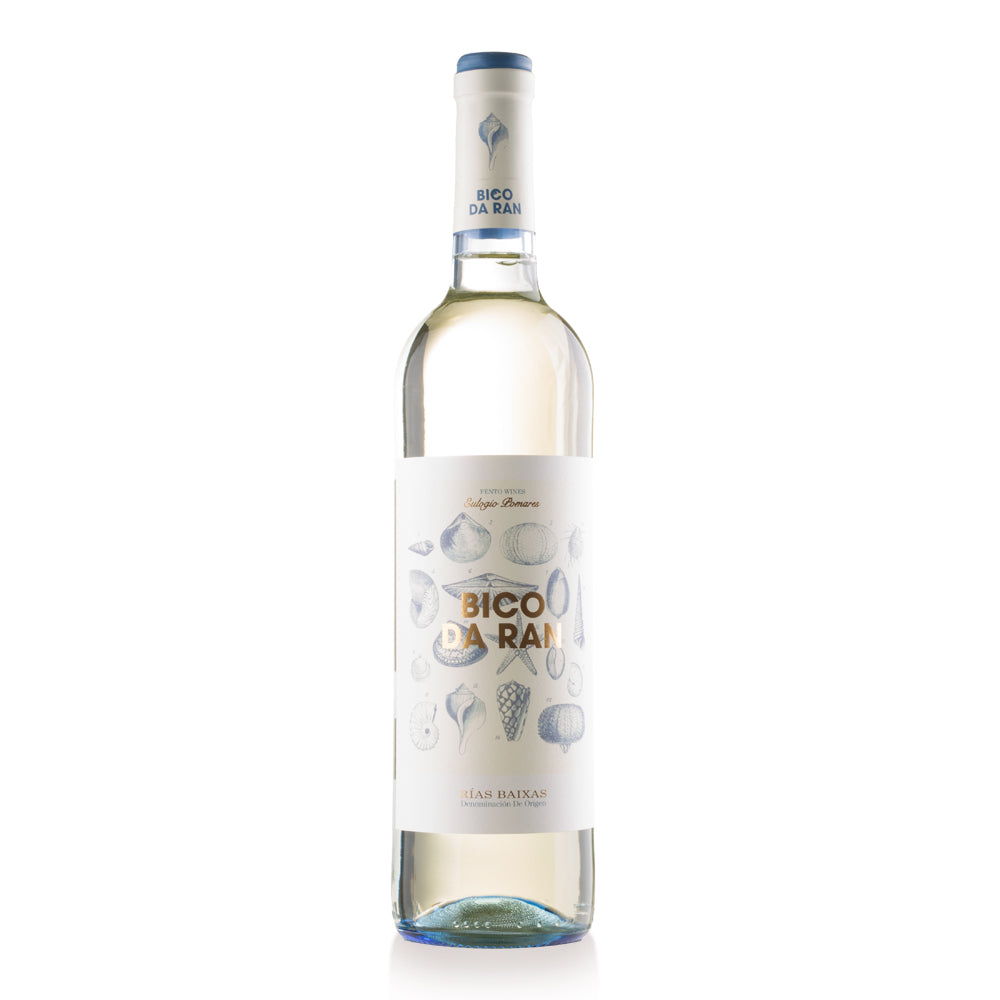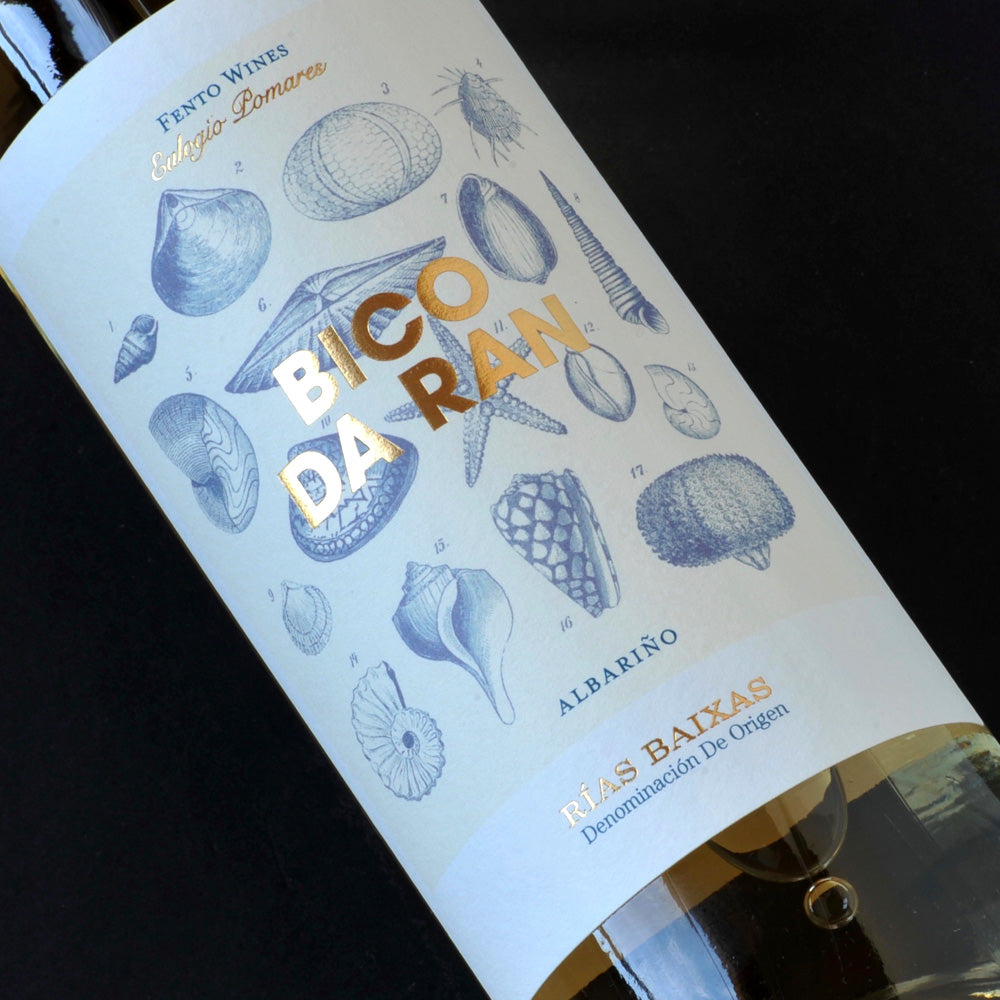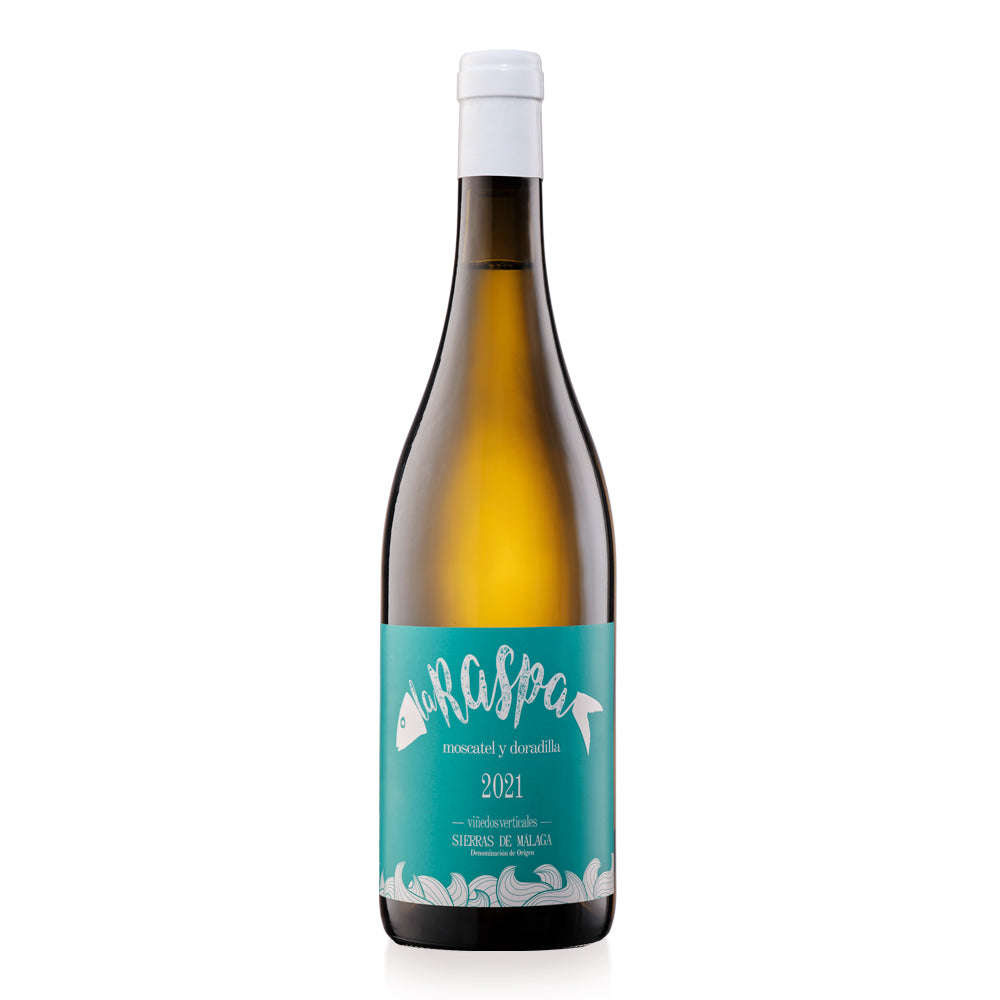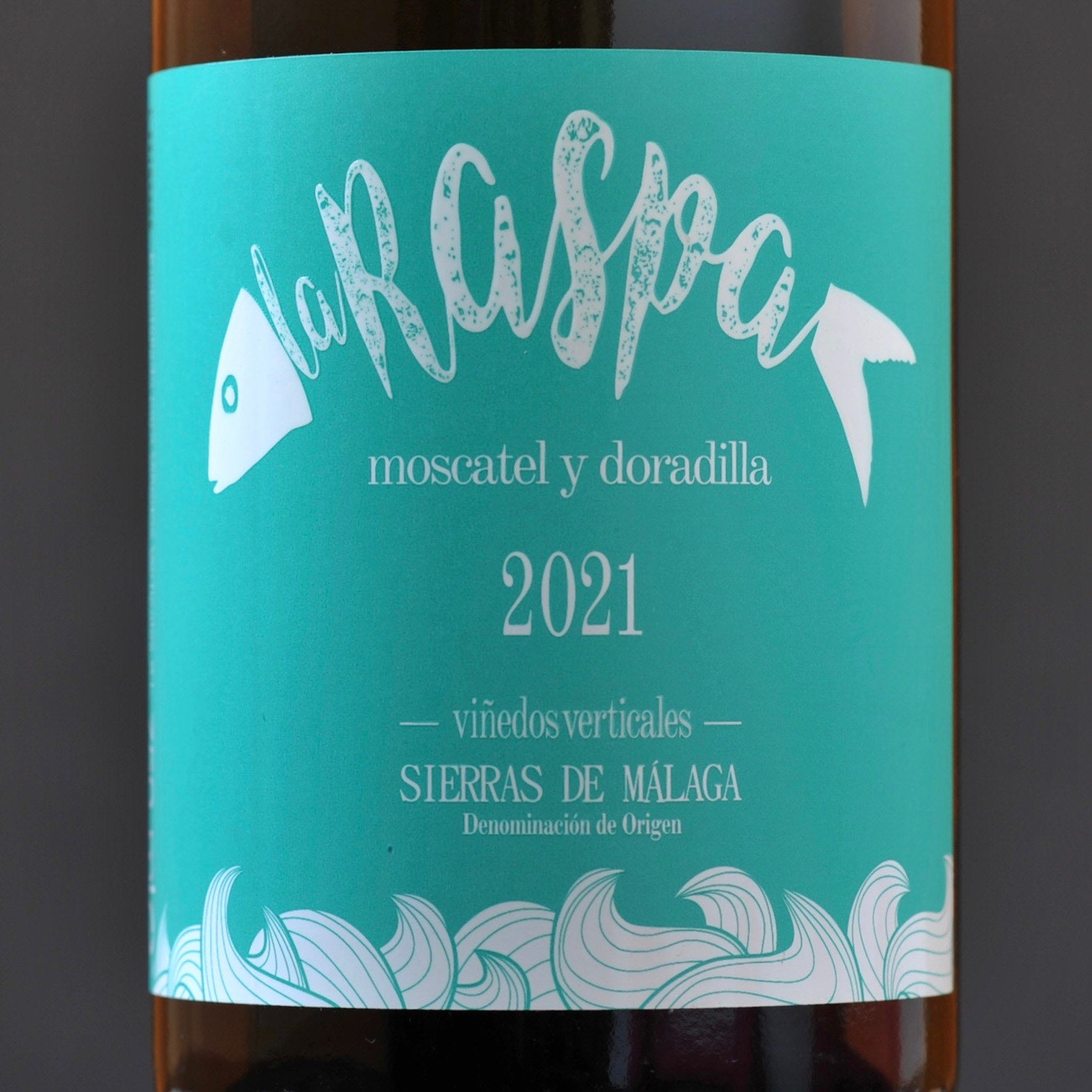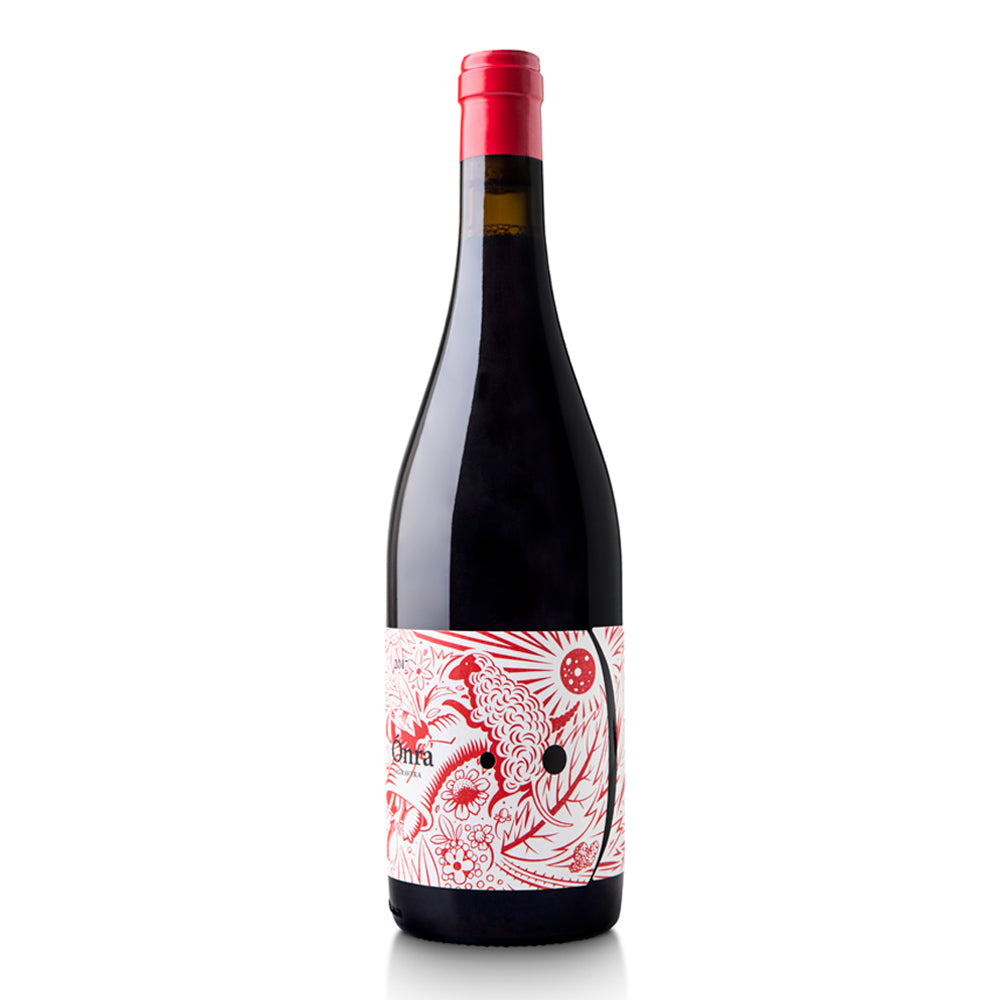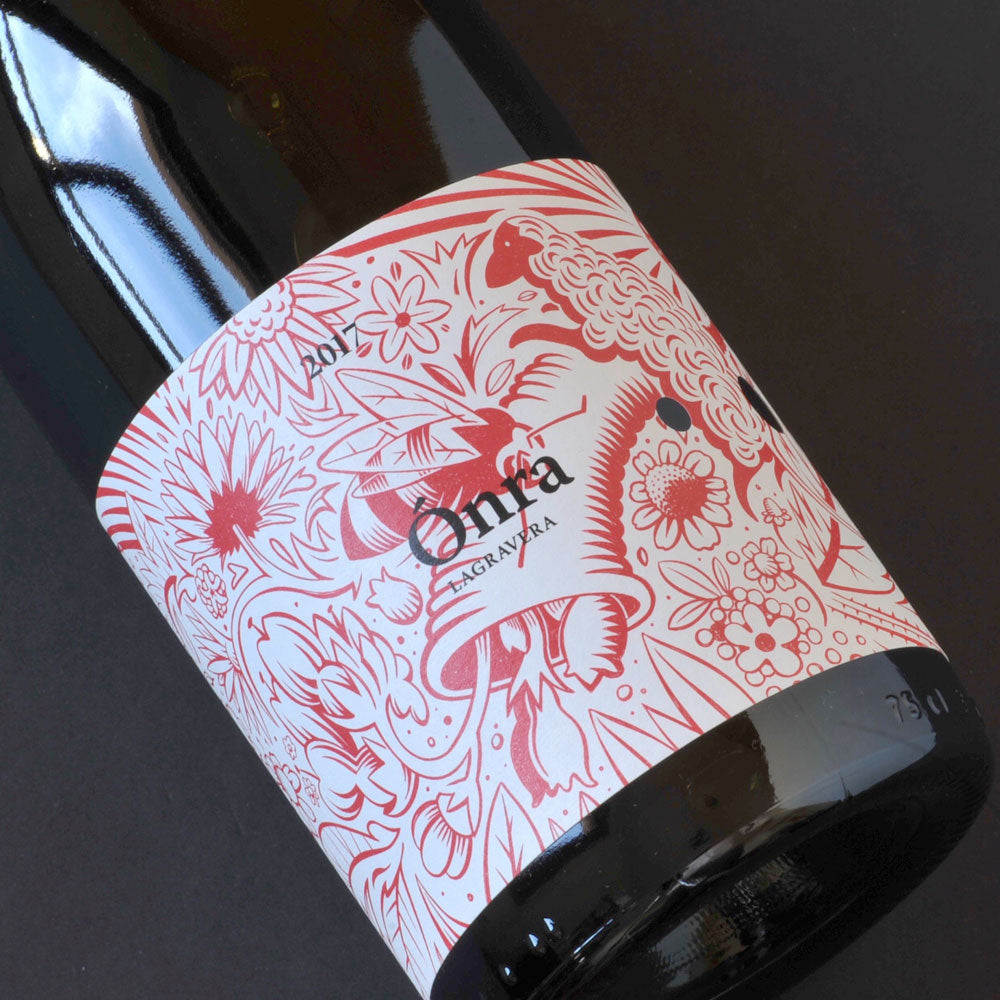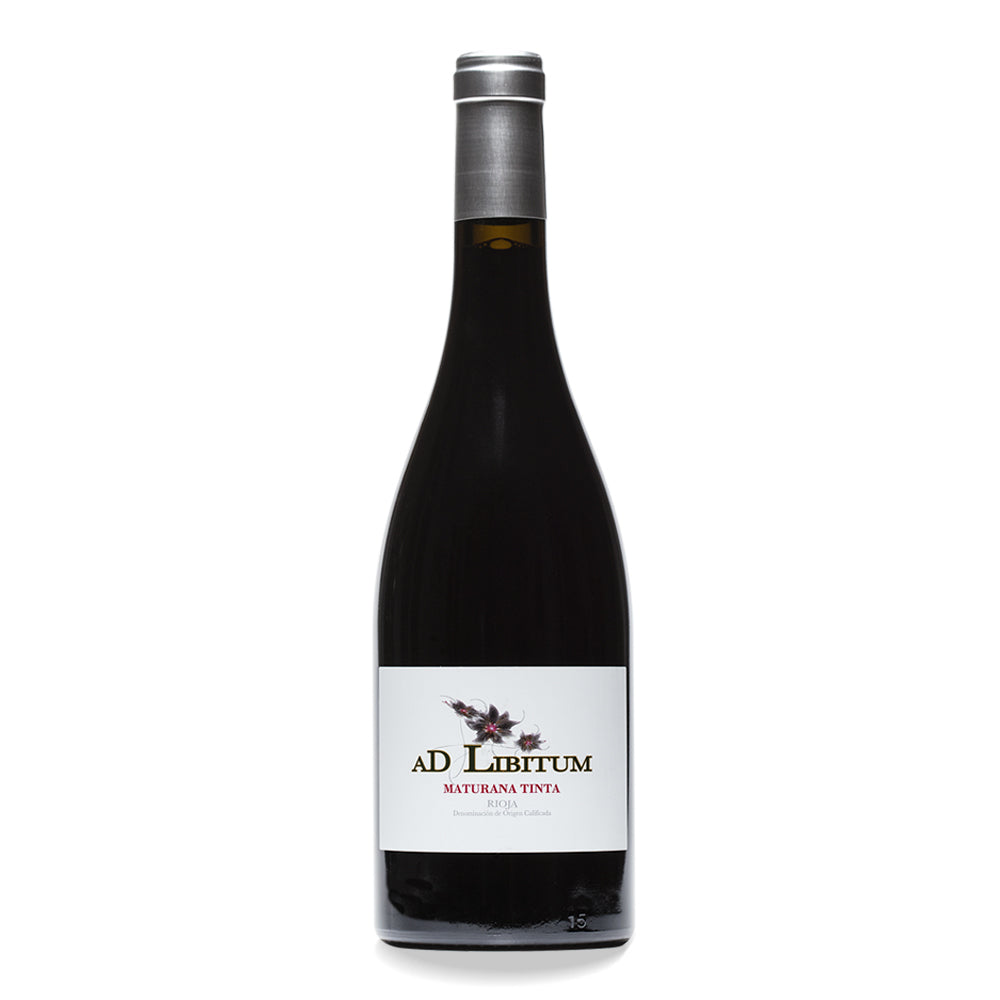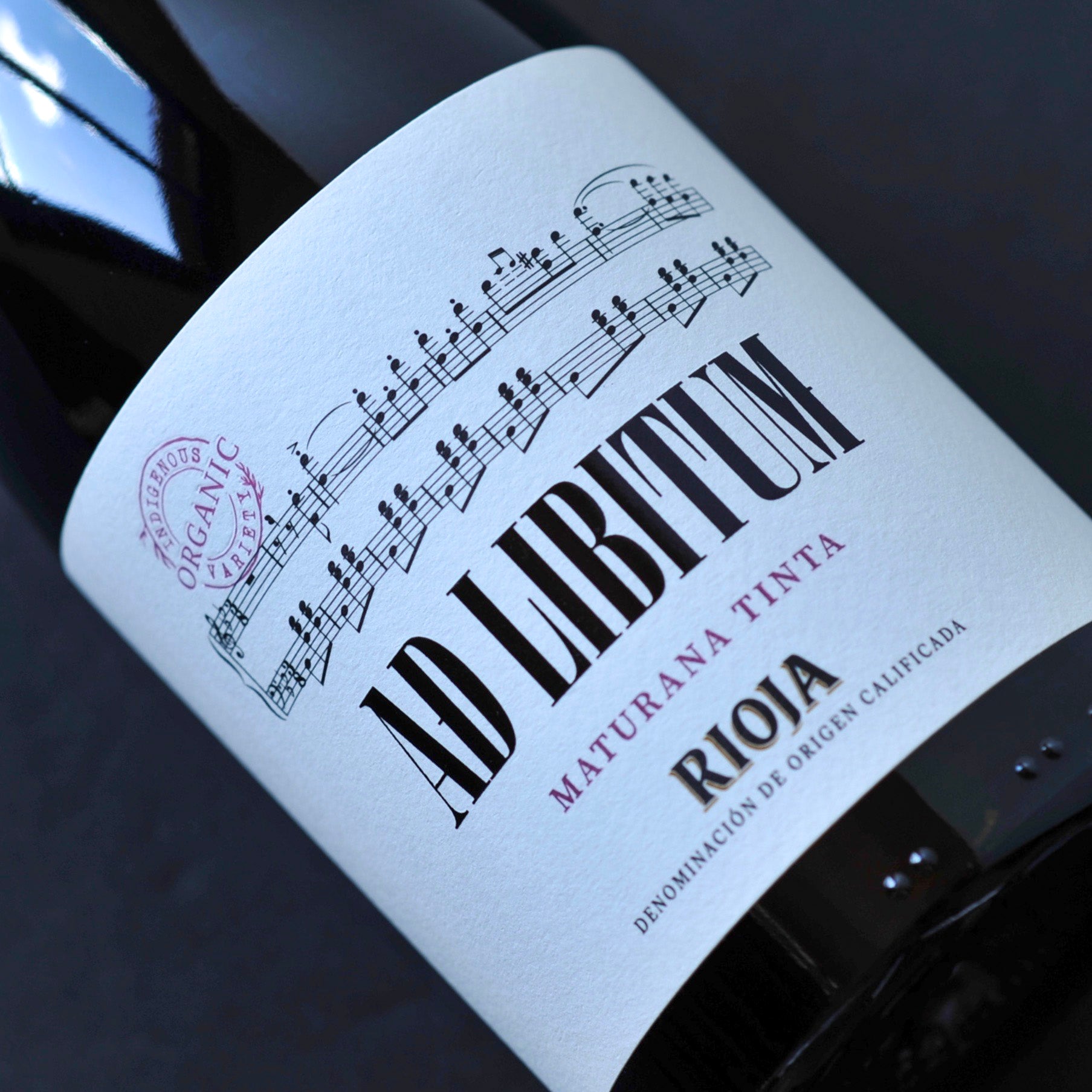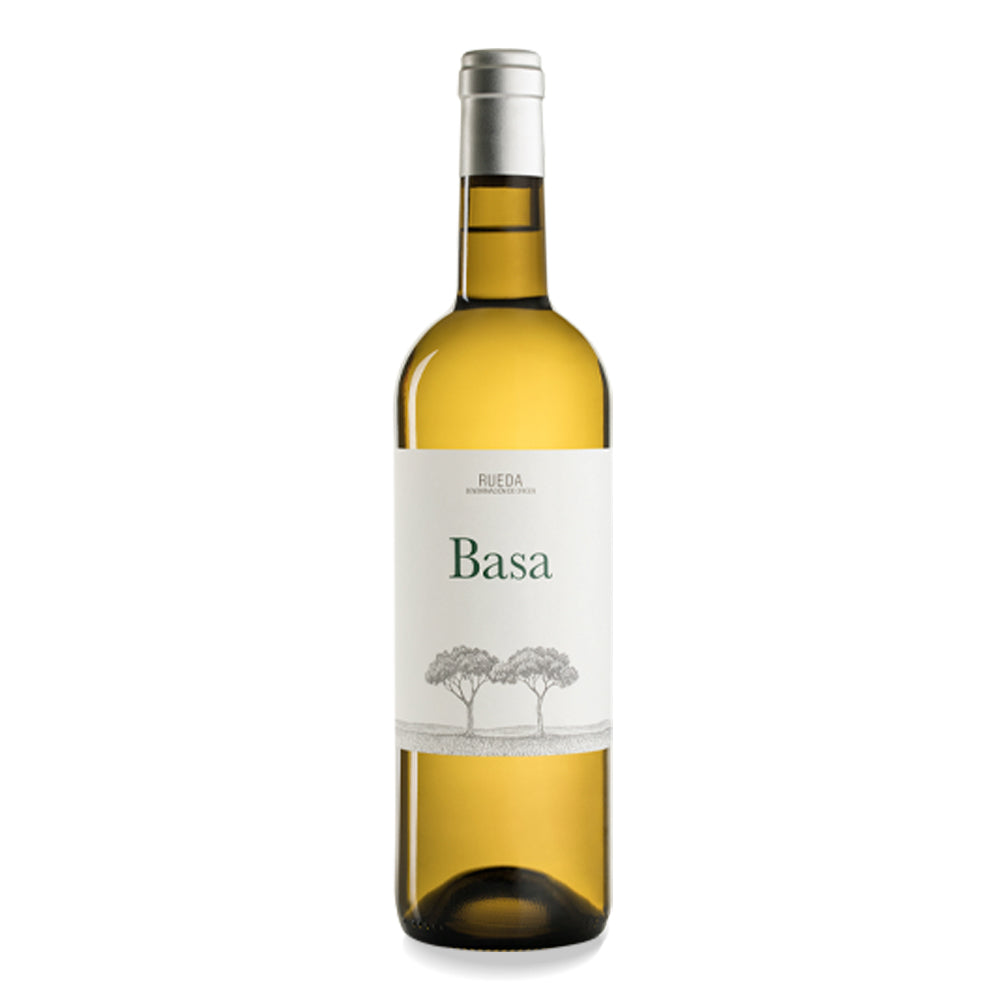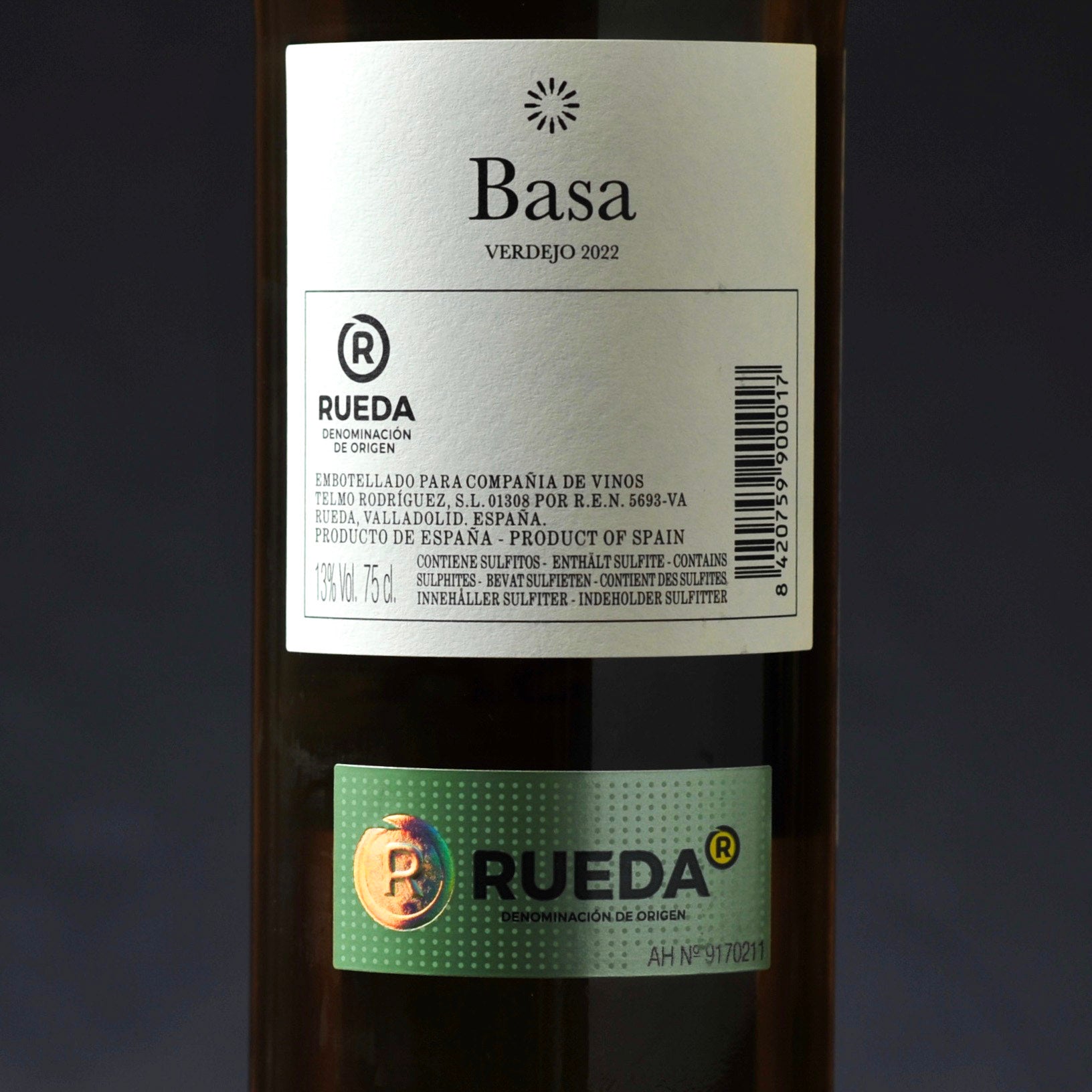Bespén Crianza
A fresh, exuberant Cabernet Sauvignon bursting with vibrant cassis fruit, but nicely rounded from its time in oak. Ideal for drinking now.
Points from the critics:
More about Bespén Crianza
Technical Details
Food pairings
This wine will go well with:
Where it's made
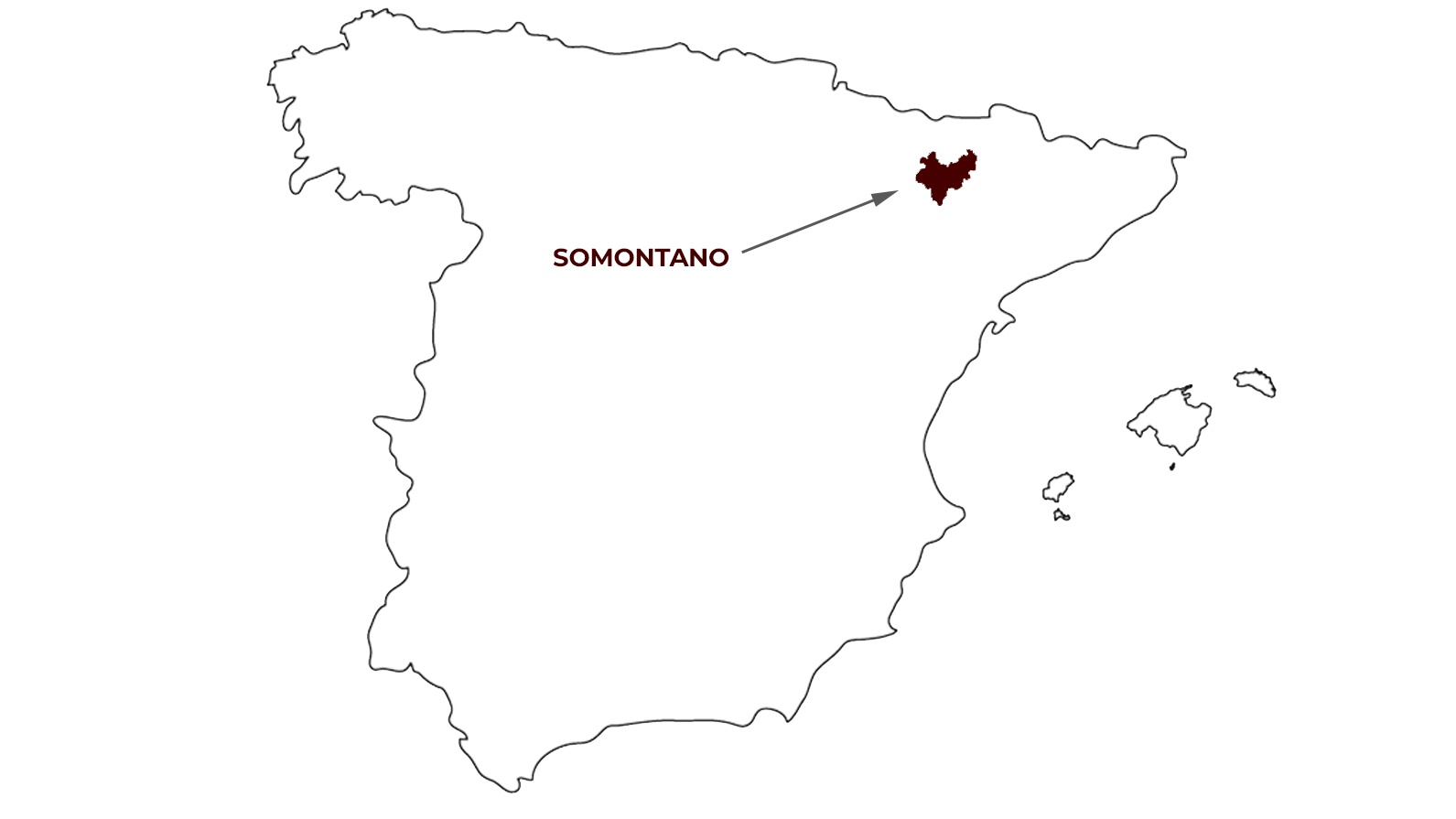
The village of Bespén where Bespén Crianza is made is on the western side of DO Somontano. Founded in 1984, it’s one of Spain’s newer DOs and sits in the foothills of the central Pyrenees in the region of Aragón. Like many winegrowing regions in Spain, it “benefitted” from the ravages of phylloxera in the nineteenth century as winemakers from Bordeaux moved south and began producing wine in Somontano from Cabernet Sauvignon, Merlot or Chardonnay grapes.
About the grapes
Perhaps the world’s most famous red grape, Cabernet Sauvignon is a cross between Cabernet Franc and the white grape, Sauvignon Blanc. Fanning out from its home in Bordeaux, Cabernet Sauvignon is now pretty much the world’s most widely planted red wine grape (just pipped at the post by Kyoho which grown at large scale in China), and has proved popular in both New and Old Worlds. In Spain, it covers about 20,000 hectares, about the same as Syrah. However, Cabernet Sauvignon is a more adaptable grape and you will find more single varietal examples of Spanish Cabernet Sauvignon than Syrah.
Cabernet Sauvignon is a thick-skinned, late-ripening grape, which grows in small, conical-shaped clusters. Its thick skin, which is rather bluish in tone when on the vine, gives it plenty of colour and tannin, and it has well-defined fruit flavours, all of which help it stand up well to wood and make it the perfect candidate for ageing in oak barrels.
Cabernet Sauvignon covers a pretty broad spectrum of flavours depending on where its grown and its degree of ripeness. When not fully ripe, you can expect fresh peppers and herbaceous, slightly bitter notes. But as it ripens that changes, and more concentrated fruit favours begin to emerge like blackcurrant or even blackcurrant lozenge. It also works well with oak, and as it ages in barrels it can take on enticing aromas of clove, spice and musk, liquorice, vanilla pods, sandalwood and cedar (which might remind you of the inside of a cigar box).
Who makes it
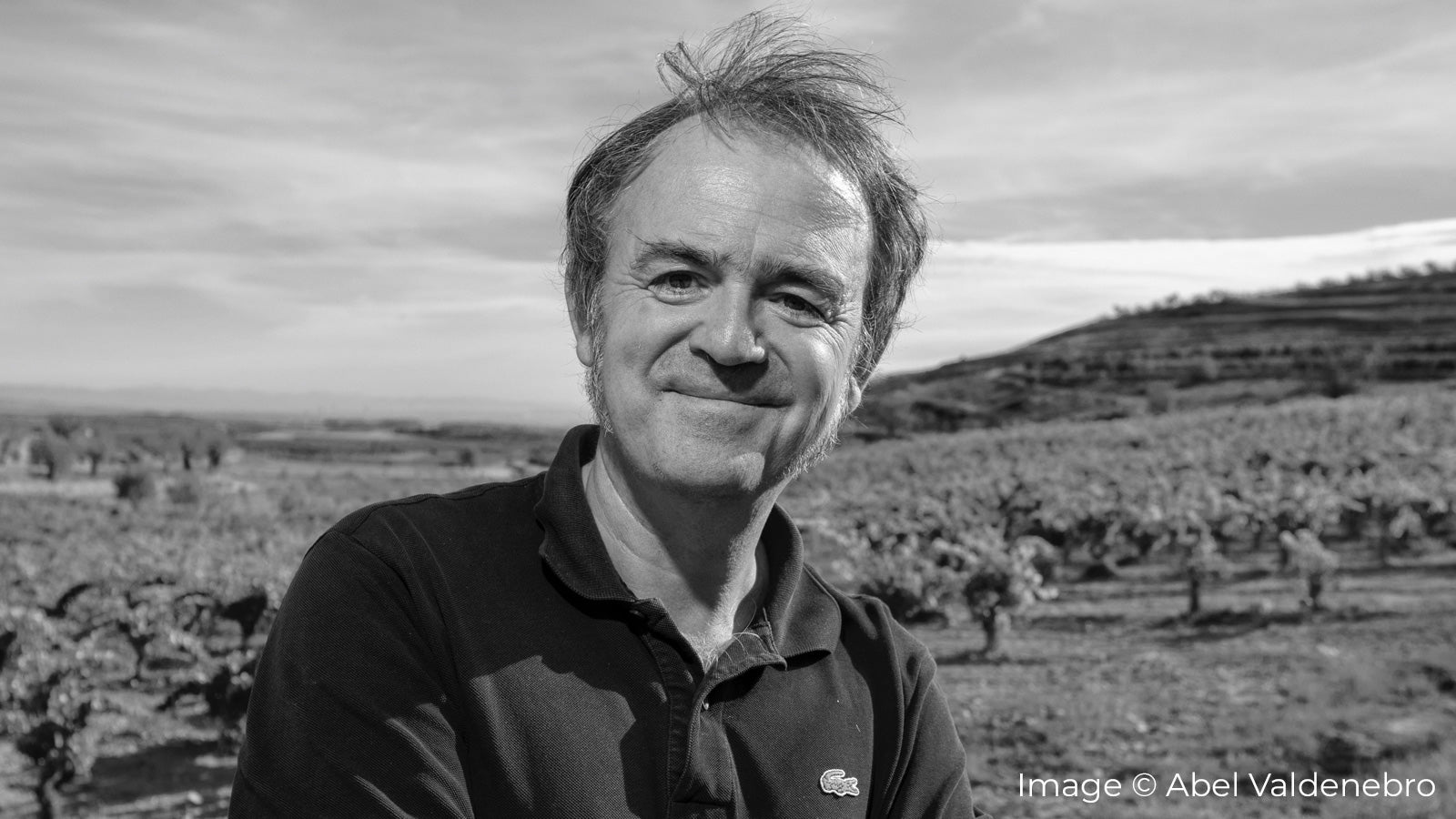
Luis Oliván began his wine career on the commercial side, working for wineries in his home province of Huesca in the foothills of the Pyrenees and then further south in Aragon in the 1990s. He then crossed the country to Bierzo in north-east Spain where his focus was on Godello and Mencía, before moving down to the Gredos mountains west of Madrid where he worked alongside renowned Garnacha expert Isabel Galindo at the Las Moradas de San Martín.
With all that wine pedigree behind him, in 2018 Luis changed tack and started his own winemaking project. The focus from the outset was to look for vines in historic areas; areas that in Italy would called classico - sites or parcels where records showed that vines had been planted from at least pre-phylloxera times, as that longevity is a reliable guide that the site is right for vine cultivation.
Luis describes himself as a “terrain hunter”, seeking out small vineyard parcels ripe for cultivation. The first parcel he chose was Las Pilas in Bespén (Huesca), an area with a wine history dating back to the 12th century. Since then he has expanded his range to include another red made in the village of Ainzón, just to the north in DO Campo de Borja, a traditional “claret” (a traditional Spanish rosé made with red and white grapes), Malvar from Madrid and the Bespén range of wines which he makes at Bodegas Lasierra, a family-run winery which has been farming vineyards in the area around Bespén for more than 200 years.
How it's made
After a night-time harvest to make the most of the cooler temperatures, the grapes are taken swiftly to the winery where they are destemmed and gently crushed to break the skins and get the juice flowing before undergoing temperature-controlled fermentation in stainless steel tanks at 26 – 28ºC. Once alcoholic fermentation is complete, the wine is racked off and undergoes malolactic fermentation before resting for nine months in French and American oak barrels. It then returns to stainless steel tanks for a few months before bottling.

